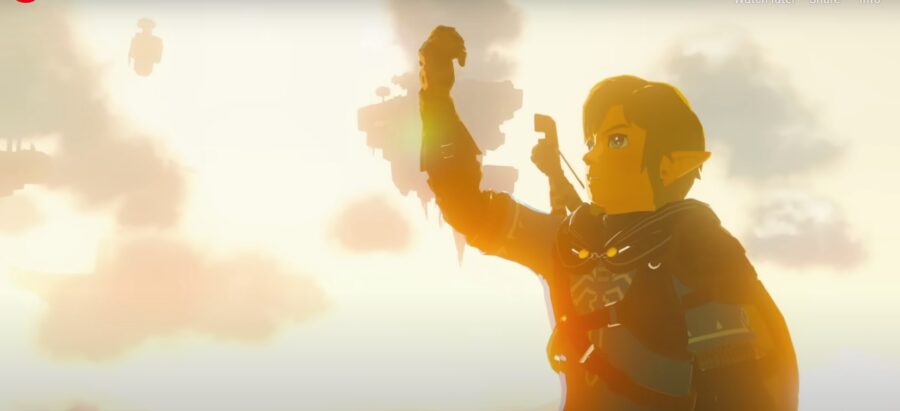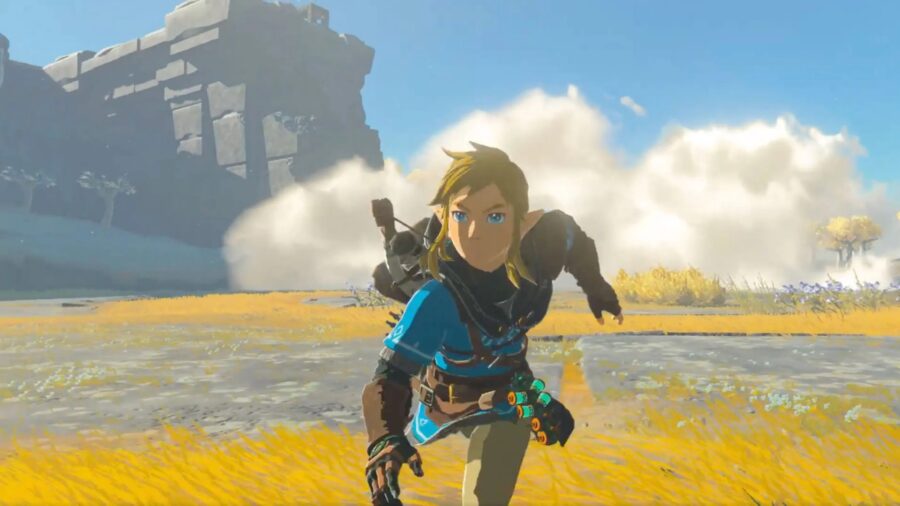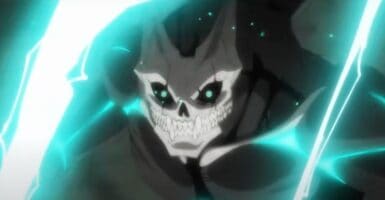Legend Of Zelda Is The Future Blueprint For Nintendo
Nintendo is reportedly taking the success of The Legend of Zelda: Tears of the Kingdom as a sign to use it as a template for future games.

Apart from Mario, Nintendo’s official mascot, The Legend of Zelda is probably the next most recognizable Nintendo gaming franchise—and for a good reason. Despite some of the most boring pre-order bonuses, this particular franchise has over a three-decades-long and incredibly rich history, engaging gameplay, memorable music, and rich lore and storytelling. So, it doesn’t come as a surprise, given the recent success of The Legend of Zelda: Tears of the Kingdom, that Nintendo is making the game into a blueprint for future releases.
According to Kotaku, the long-awaited Breath of the Wild sequel is finally here, and the sales numbers, overwhelmingly positive reviews, and gamers’ reactions to the title confirm that the game was well worth the hype Nintendo built up during the pre-launch period. The latest The Legend of Zelda game expanded upon the tried-and-tested Breath of the Wild formula, giving gamers the most open-ended Zelda game to date. Naturally, Nintendo will seek to replicate this success with future releases, which is why it’s using Tears of the Kingdom as a blueprint.
This is actually quite reasonable; The Legend of Zelda: Breath of the Wild was voted as the greatest game ever made. In fact, Tears of the Kingdom is one of the few direct sequels in the Zelda franchise, which originally started development as Breath of the Wild DLC. However, the development team had so many ideas which would expand the game that they ended up making a separate game altogether. Sequels, at least in practice, are rarely as good as the originals, but Tears of the Kingdom is proof that that’s not always the case.

The game’s origin as the DLC for Breath of the Wild is the reason why we see the world of Hyrule as we left it in the previous The Legend of Zelda game—it’s pretty much the same world. However, the new game expanded the pre-existing world of Breath of the Wild, which already had so much untapped potential. So, with the addition of Sky Islands, and many other in-game assets, the world was made to feel much larger than it previously was. And that’s just the in-game world we’re discussing; the narrative and the setting of Tears of the Kingdom are much, much broader, too.
It’s interesting to see just how much the series has progressed since the original 1986’s The Legend of Zelda—an 8-bit game that was released on the Nintendo Entertainment System. The series transitioned to a 3D model with the foundational Ocarina of Time, which set a new benchmark for gaming when it was released in 1998. It introduced innovative gameplay mechanics, a compelling storyline, and a first resemblance of a modern open-world setting (the previous The Legend of Zelda games could also be characterized as open-world).
The Legend of Zelda: Breath of the Wild was equally revolutionary, and though it lacked temples and specific puzzles, which are the staple of the series, it also planted the seeds for an open-world adventure that dropped on us less than two weeks ago. And just as Ocarina of Time has become a blueprint for the series moving forward, some 25 years ago, so did the Tears of the Kingdom, a successor to the legendary Breath of the Wild.












